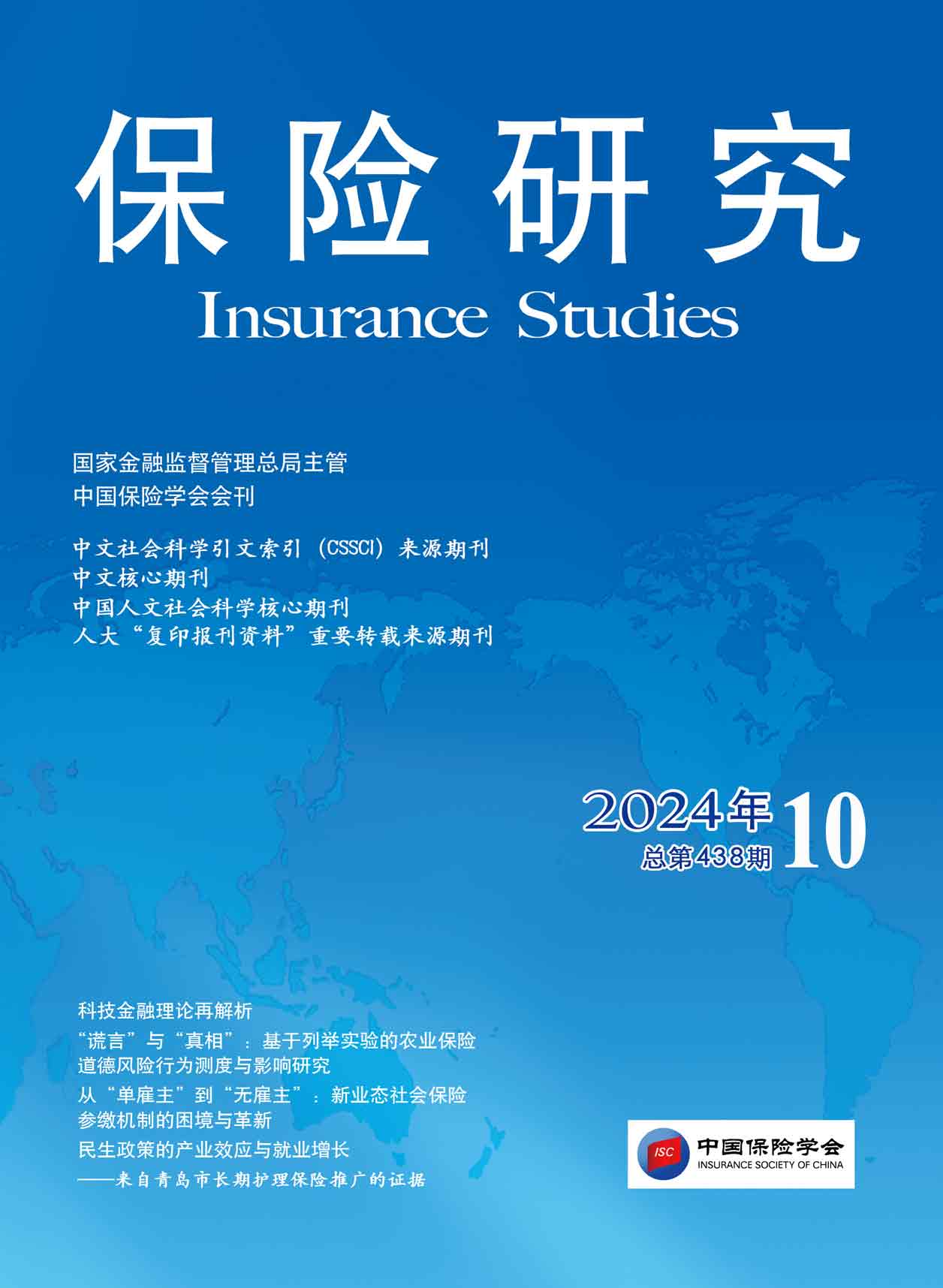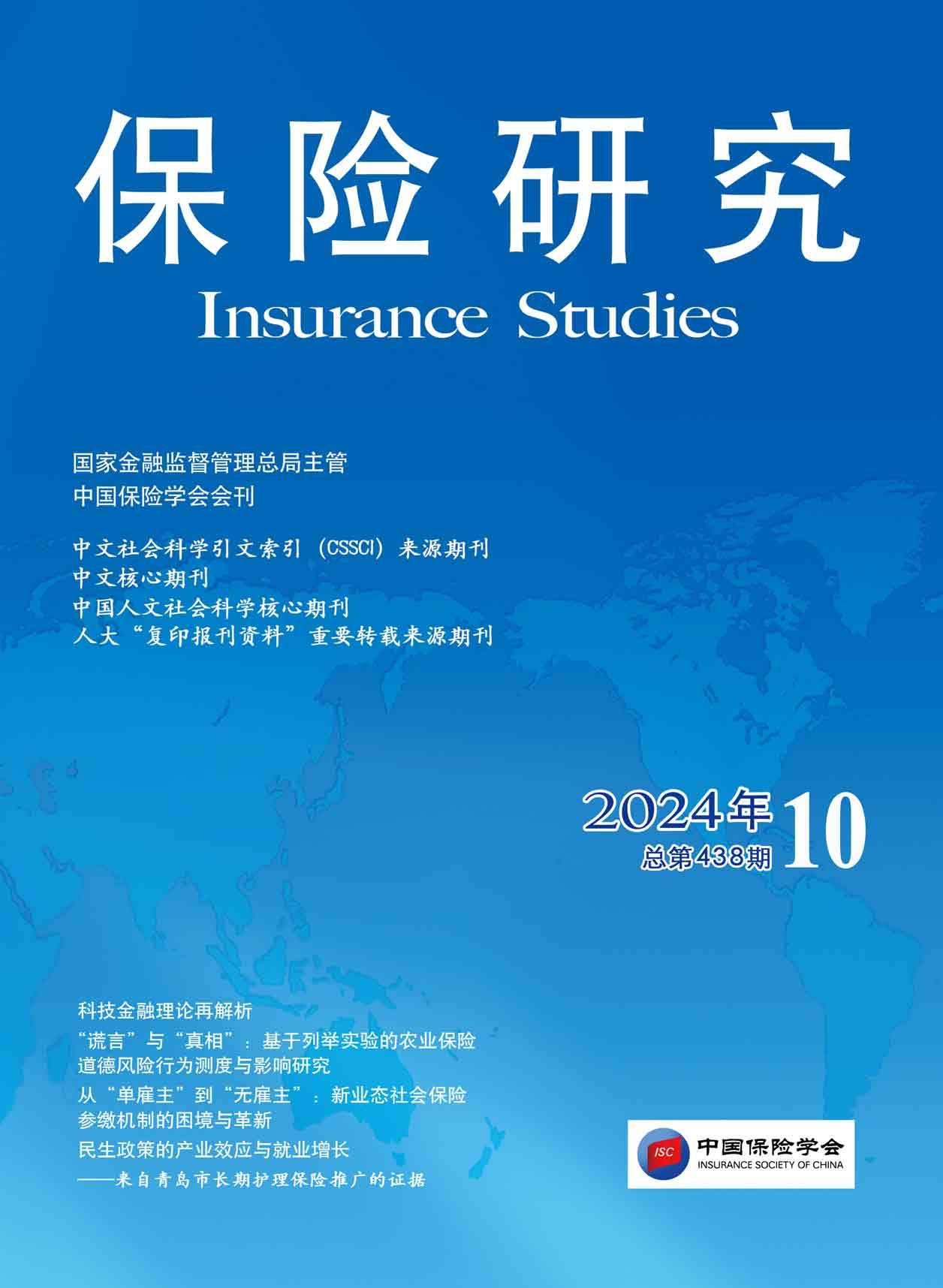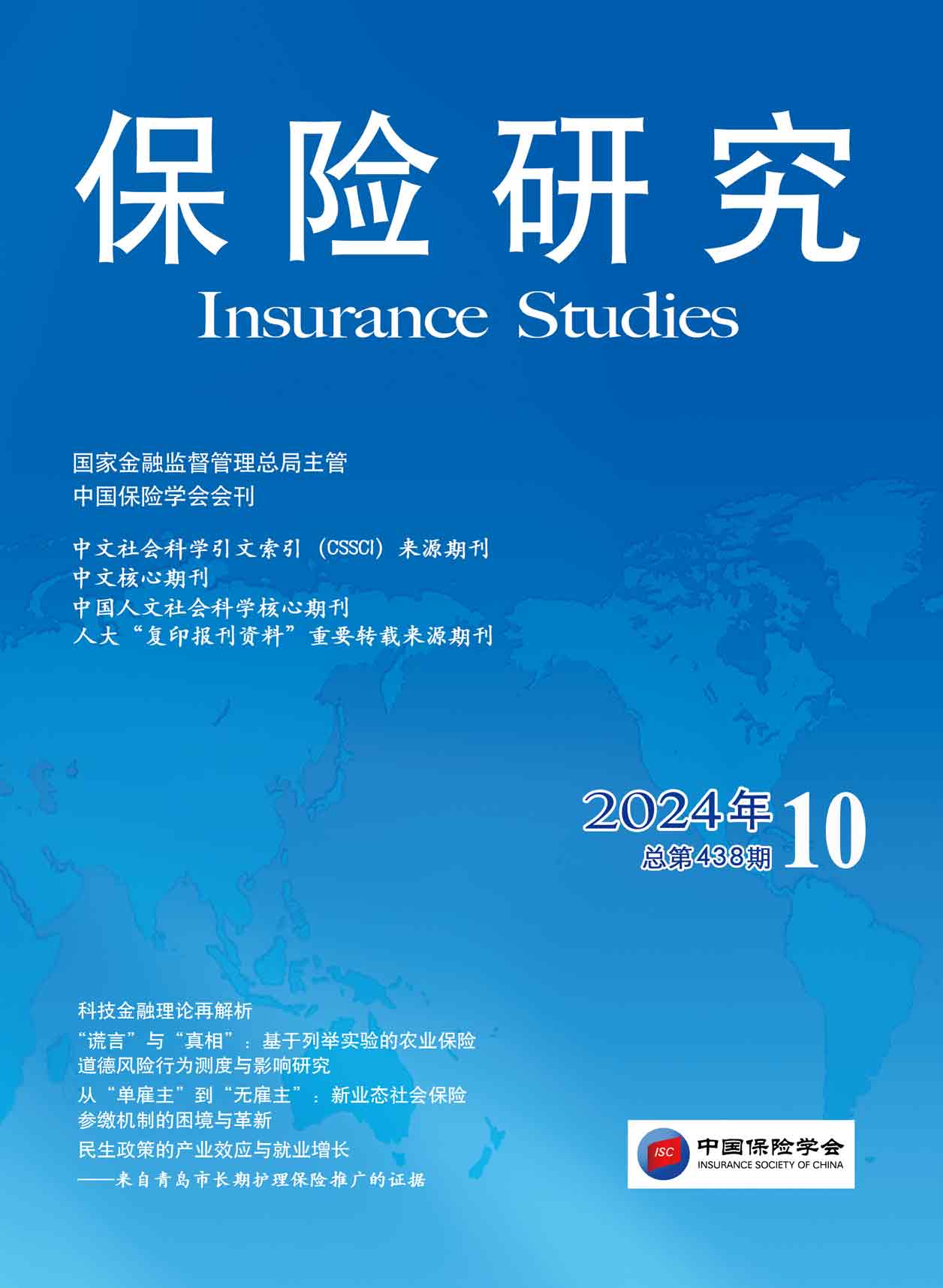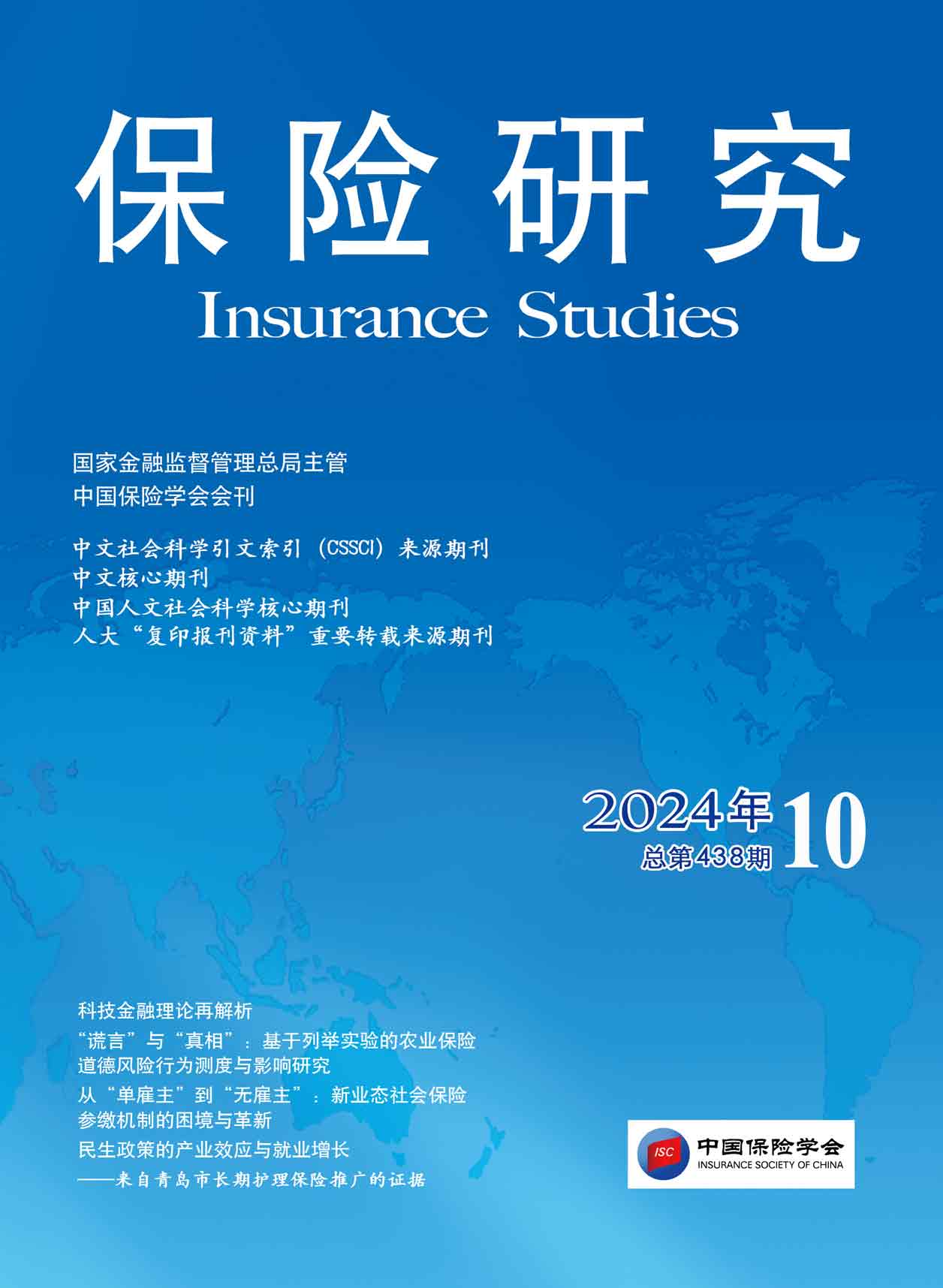
《保险研究》20241008-《“一站式”即时结算系统对低收入人口医疗服务使用的影响——基于家庭流动性约束视角》(姚奕、刘佳程、刘珈言)
[中图分类号]F842.6[文献标识码]A[文章编号]1004-3306(2024)10-0099-12 DOI:10.13497/j.cnki.is.2024.10.008
资源价格:30积分
- 内容介绍
[摘 要]传统的“先垫付再报销”的医保结算方式不利于患者尤其是受到较强流动性约束的贫困患者使用医疗服务。本文基于江西省某市“一站式”即时结算系统投入运行的外生冲击,使用双重差分方法考察了即时结算系统对建档立卡户住院医疗服务使用的影响。研究发现,即时结算系统推行后,建档立卡户使用住院服务的概率和住院时的次均医疗花费均出现了显著提升。异质性分析的结果表明,即时结算系统对于事前家庭收入水平较低的建档立卡户产生了更大的影响。以上结果表明,“一站式”即时结算系统有助于放松贫困人口就诊时面临的流动性约束,切实促进其使用医疗服务。
[关键词]“一站式”即时结算系统;流动性约束;建档立卡户;医疗服务使用
[基金项目]2023年度教育部人文社会科学重点研究基地基金项目“中国特色多层次健康保障体系研究”(22JJD790092)、国家社会科学基金重大项目“基于保险制度建设的国家风险管理体系”(23&ZD178)、北京大学经济学院青年教师种子基金项目“我国商业医疗险中信息不对称的效应分离”。
[作者简介]姚奕,北京大学经济学院长聘副教授、博士生导师,研究方向:医疗保险、小额保险、健康经济学;刘佳程(通讯作者),北京大学经济学院博士研究生,研究方向:医疗保险、健康经济学;刘珈言,上海财经大学经济学院硕士研究生,研究方向:医疗保险、公司金融。
The Impact of the “One-stop Settlement” System on the Utilization of Healthcare Services among the Low-income Population—From the Perspective of Household Liquidity Constraint
YAO Yi,LIU Jia-cheng,LIU Jia-yan
Abstract:The liquidity constraint caused by the traditional reimbursement-based system can pose a barrier to healthcare utilization among the patients,especially the low-income households.Leveraging on an exogenous policy shock in City X of Jiangxi Province,we investigate the effect of implementing the “One-Stop Settlement” system on registered households’ inpatient service utilization using a difference-in-differences framework.We find that the implementation of the system has a significant positive impact on the probability of utilizing inpatient services among registered households,and there is a significant increase in the average inpatient expense per hospital stay.The heterogeneity analysis further reveals that the effect is more pronounced for those with relatively lower pre-treatment household earnings.Altogether,these findings prove that the implementation of the “One-Stop Settlement” system can help to relax the liquidity constraint of the low-income population,and in turn,increase their utilization of healthcare services.
Key words:the “One-Stop Settlement” system;liquidity constraint;registered households;healthcare service utilization

《保险研究》20241001-《科技金融理论再解析》(张明喜)

《保险研究》20241002-《重大慢性病与中国老年家庭财产消耗——兼论保险的调节效应》(刘靖、张晓慧、毛学峰)

《保险研究》20241003-《监管问询函是否影响保险定价决策?——基于董事高管责任保险合约的经验证据》(徐一泽、李延胤、许荣)

《保险研究》20241004-《增额终身寿险内嵌退保期权风险研究》(周书正、刘迪)

《保险研究》20241005-《基于两阶段分位数随机森林的非完全支付赔款预测》(李政宵、刘钰冰)

《保险研究》20241006-《“谎言”与“真相”:基于列举实验的农业保险道德风险行为测度与影响研究》(易福金、许晴、燕菲儿、胡鸣宇)
